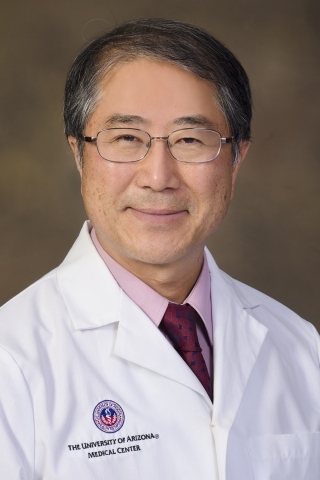
Dr. Kim's major area of research is the cell biology of mucus lining the airway lumen, which serves as a major protective barrier for the lung. Various airborne particles and toxic chemicals (e.g., bacteria, viruses, pollens, various toxicants, etc.) are trapped in this mucus layer and continuously cleared by a process called mucociliary clearance. Therefore, any abnormalities in the quality and quantity of mucus can cause serious pulmonary complications often leading to the death of patients as can be seen in pulmonary diseases such as cystic fibrosis, chronic bronchitis, bronchiectasis and asthma. Mucins are the major glycoproteins present in the mucus, which determine its physicochemical properties of the mucus. They are produced by underlying epithelial cells. Excessive production of mucins is responsible for airway obstruction and infection. Dr. Kim and his team have identified an agent that can suppress airway mucin hypersecretion in an animal model, which has received a U.S. patent.In 1987, he published an interesting observation that some mucins are present on the apical surface of airway goblet cells and releasable by neutrophil elastase. Later, they were identified as MUC1 mucins (MUC for human, Muc for animals) which were originally discovered in breast cancer cells and have been shown to play crucial roles during metastasis. In the lung, however, MUC1/Muc1 is an adhesion site for Pseudomonas aeruginosa (Pa), a bacterium that is invariably associated with the airway of cystic fibrosis patients. The adhesion of Pa to the ectodomain of MUC1/Muc1 resulted in tyrosine phosphorylation of its cytoplasmic tail and activation of a MAP kinase. Using Muc1 knockout mice, he has also shown that Muc1 is an anti-inflammatory molecule during respiratory infection, and its anti-inflammatory activity is mediated through interaction of its cytoplasmic tail with Toll-like receptors (TLRs) which is activated by tyrosine phosphorylation of MUC1/Muc1 by EGFR. He hypothesizes that MUC1/Muc1 plays an important role in the genesis of chronic inflammatory lung diseases. With his recent U.S. patent, a translational research is currently under way, in collaboration with a number of laboratories within as well as outside the U.S., to develop drugs to control chronic respiratory inflammation as in chronic obstructive pulmonary disease (COPD) and cystic fibrosis.

